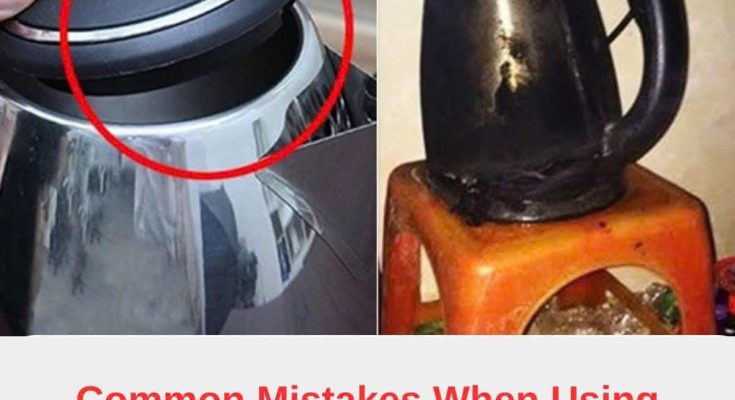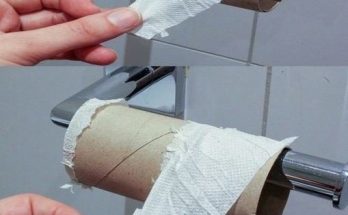Common Mistakes When Using Electric Kettles
Overfilling the Kettle
Problem: Filling the kettle beyond its maximum capacity can cause water to spill while boiling, leading to potential electrical hazards. Solution: Always check the water level indicator and stay within the recommended limit.
Turning on the Kettle with Insufficient Water
Problem: Stagnant water can lead to limescale buildup and affect the kettle’s performance and hygiene. Solution: Empty the kettle after each use and wipe it dry.Using the Kettle on Unstable Surfaces
Problem: Placing the kettle on an uneven or heat-sensitive surface can cause it to tip over or overheat. Solution: Always use the kettle on a flat, stable, and heat-resistant surface.Touching the Kettle During or Immediately After UseProblem: The kettle’s body, especially metal ones, can become extremely hot, leading to burns. Solution: Use the handle, and avoid touching the body when it’s in use or just finished boiling.
Neglecting Regular Cleaning
Problem: Limescale buildup can affect the efficiency of the kettle and lead to poor water quality. Solution: Descale the kettle regularly using vinegar, lemon juice, or commercial descaling solutions.
Using an Extension Cord
Problem: Electric kettles draw high power, and using an extension cord can lead to overheating or electrical fires. Solution: Plug the kettle directly into a wall socket.
Boiling Non-Water Liquids
Problem: Some people use the kettle for heating milk, soup, or other liquids, which can damage the appliance and leave residues. Solution: Use the kettle only for boiling water.
Safety Tips for Using Electric Kettles Unplug After Use: Always unplug the kettle after use to prevent electrical hazards. Avoid Immersing the Base in Water: Clean the kettle carefully to prevent water from entering the electrical components. Inspect the Cord and Plug Regularly: Replace the cord or kettle if you notice any damage.



